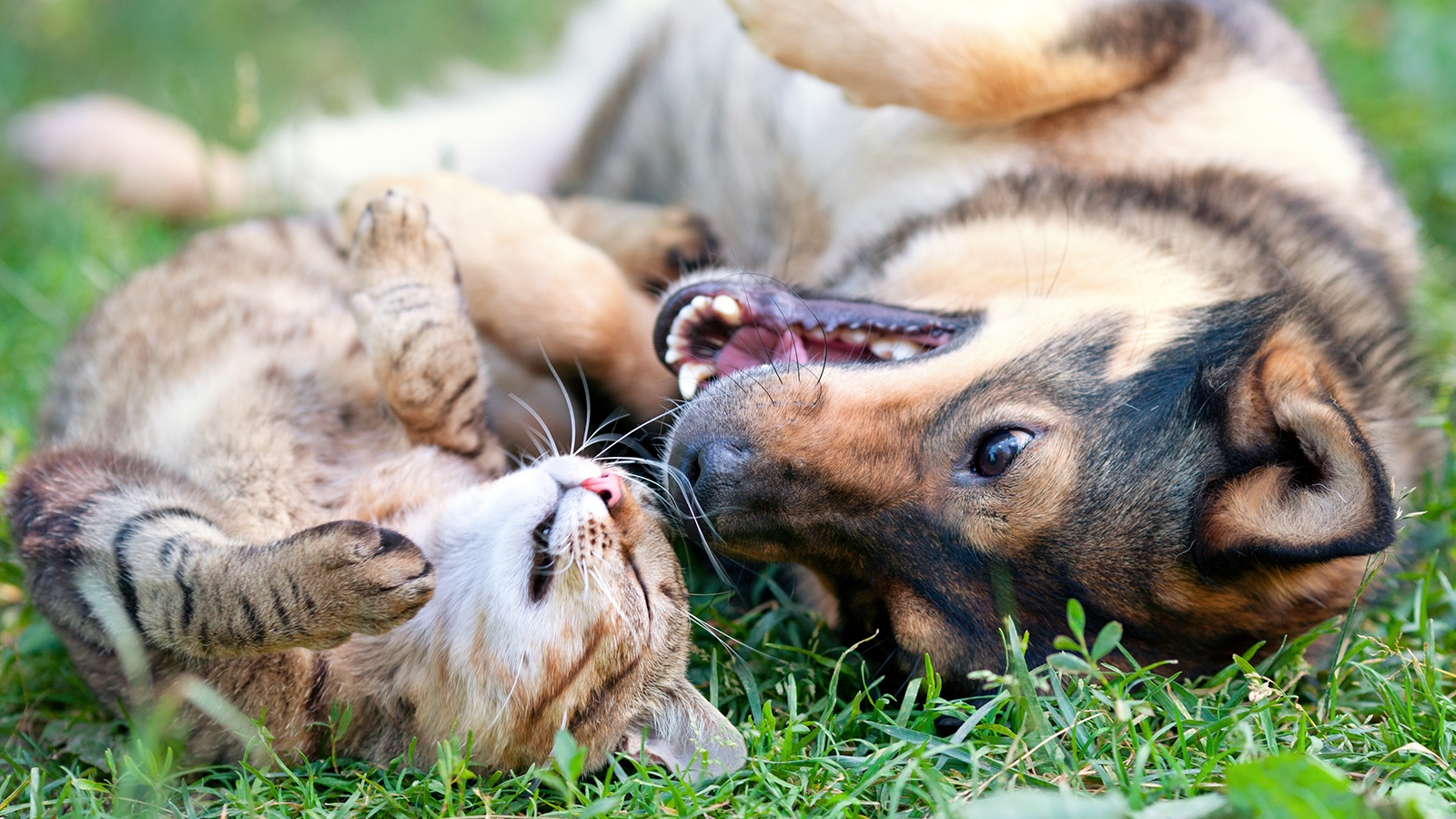
 Menu
Menu
Carpal Hyperextension (Feline)

What is Carpal Hyperextension?
In the feline carpus (wrist), the structures responsible for maintaining a normal degree of carpal (wrist) extension (10 to 12 degrees) are the palmar (palmar meaning at the back of the wrist) ligaments and palmar carpal fibrocartilage. The collateral ligaments (running either side of the carpus) have also been shown to help maintain carpal extension but to a much lesser degree than the palmar ligaments. With damage to these soft tissues, carpal hyperextension ensues and a lowering of the carpus (wrist joint) towards the ground may be observed.
The carpus (wrist) is a complex structure made up of three separate joints. The joints affected and the severity of the injury will dictate the degree of hyperextension observed in the limb.
Cause
Unlike the dog, carpal hyperextension is a rare injury in the cat. Most commonly, the disease is the result of landing on the front legs from a significant height such as a second story window.
Signs
Initially, sudden onset of forelimb lameness is the main clinical sign you may note in your pet. There may be swelling in the wrist. You may notice a change in your cat’s gait and stance. They may appear to be walking “flatter” on their wrist. Pressure sores and abrasions may be observed on the underside of the wrists after a number of days.
Diagnosis
Confirmation of a carpal hyperextension injury may be made by an experienced orthopaedic surgeon following a detailed examination of your pet. In order to identify the joint level involved and therefore the appropriate treatment, radiographs of the limb must be taken. Since standard radiographs of the carpus may not identify the area of abnormality, special stress views are required. Under sedation or anaesthesia, the carpus is overextended to highlight the level of the joint at which the instability has occurred.
Treatment
Conservative Treatment
Medical management of this condition is often unrewarding. Surgical treatment is usually advised.
Surgical Treatment
-
-
-
- Pancarpal Arthrodesis
-
-
If the largest joint of the carpus (antebrachiocarpal joint), has been damaged, then a complete fusion across the carpus or pancarpal arthrodesis may be indicated.
Arthrodesis means the surgical fusion of a joint. The bones forming the carpal joint are permanently joined together so that there is no movement in this part of the limb. Arthrodesis is a salvage procedure that is generally only performed when there are no other options to save the function of the joint. Although undoubtedly a major undertaking, cats can adapt very well to fusion of the carpal joint.
-
-
-
-
-
-
-
-
-
- Partial Carpal Arthrodesis
-
-
-
-
-
-
-
-
This procedure is technically challenging in the cat and size of the patient may preclude this technique being available. If the antebrachiocarpal joint (major wrist joint) is intact and the hyperextension exists at one or both of the remaining lower joints, then a partial arthrodesis may be appropriate. This aims to preserve carpal flexion and extension.
For this procedure, pins may be used to stabilize the bones or a small bone plate and screws can be fixed over the lower joints.
Stay in touch
Follow us on social media and keep up to date with all the latest news from the Grove clinic.

